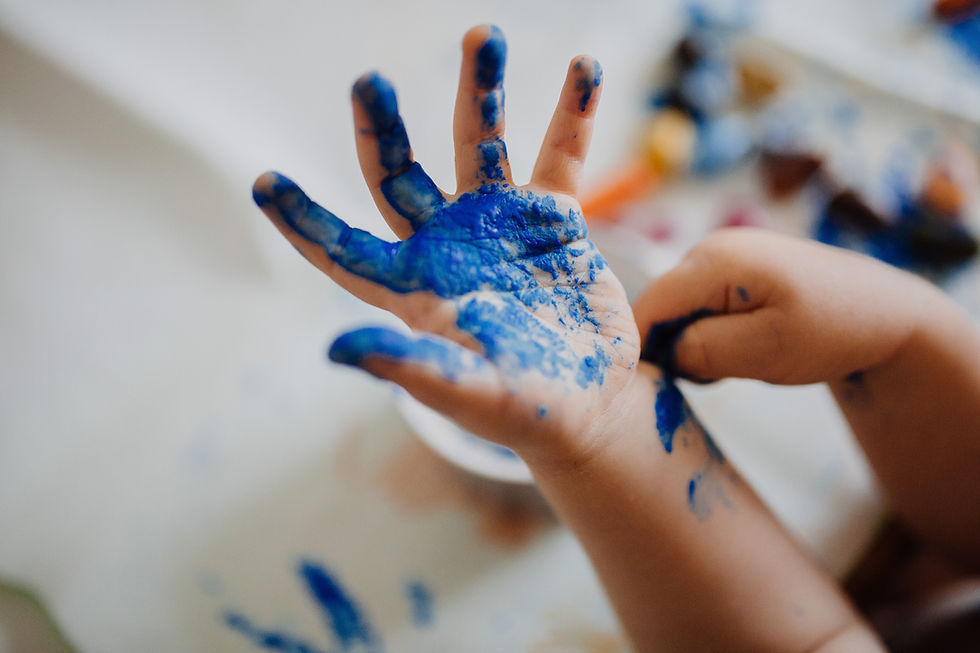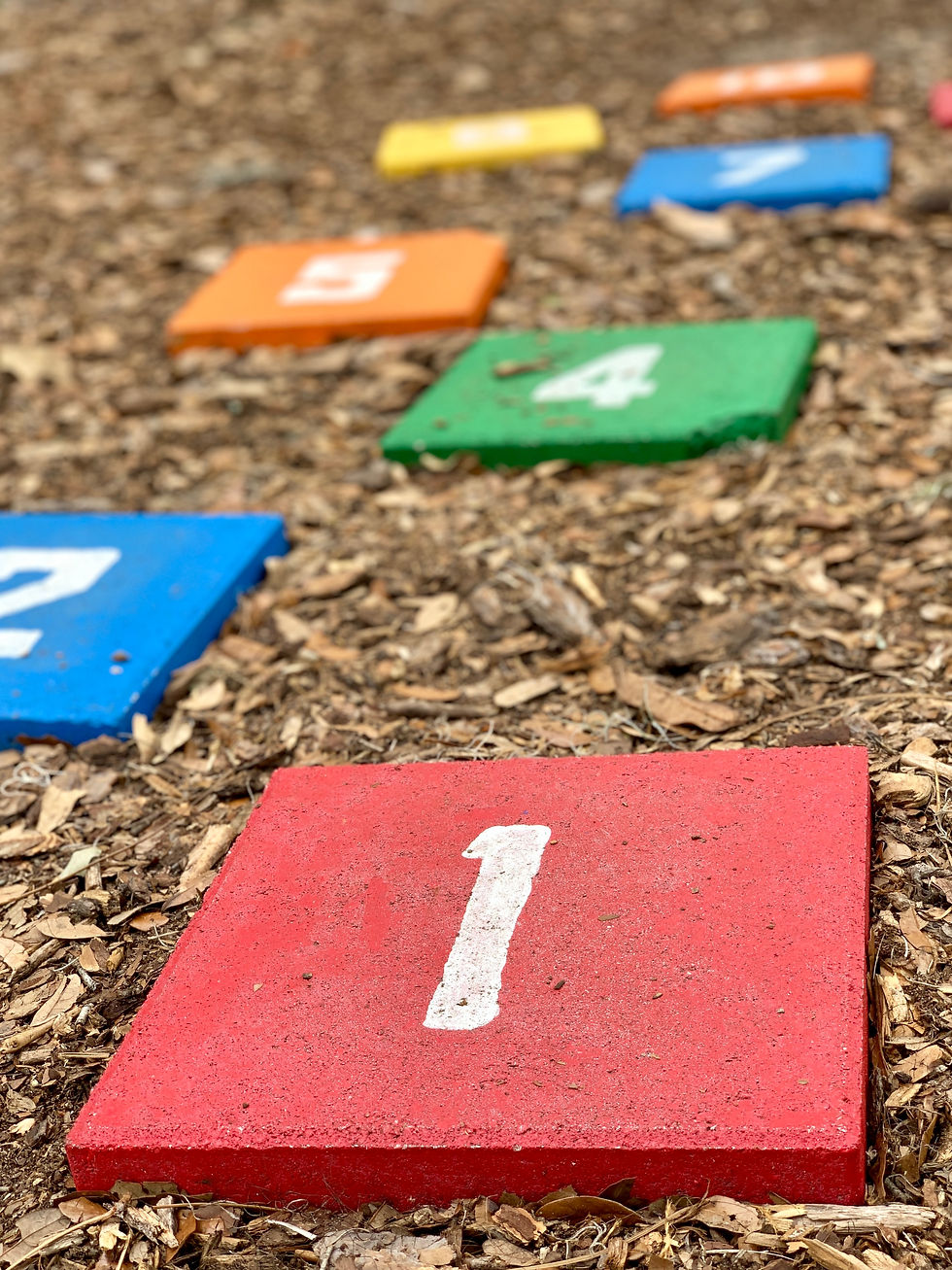Art
- Jasmeen Kaur
- Mar 9
- 3 min read
Updated: Apr 22

The Importance of Creativity in Early Childhood Education
Early childhood education depends much on creativity since it stimulates social, emotional, and cognitive development as well as physical development. Essential abilities for children's general development, it helps them express themselves, investigate new ideas, and solve problems. Children become resilient and flexible by means of creative activities, thereby enabling them to think beyond the box (Howard & Mayesky, 2022). The Early Years Learning Framework (EYLF) of the Australian Government stresses the need of encouraging creativity as part of holistic learning experiences, therefore assisting children in their development of their identity and social relationships (Australian Government Department of Education and Training, 2009). Teachers that foster creativity equip their young students for chances and difficulties of life.
Creativity Theories and Perspectives
Early childhood education's creative component fits numerous theoretical models. Emphasising the need of group learning experiences (Isbell & Akiko-Yoshizawa, 2020), Vygotsky's sociocultural theory stresses the part social interaction and cultural context play in promoting creativity. Piaget's phases of cognitive development imply that young children investigate and build knowledge by means of imaginative play and practical activities ( Howard & Mayesky, 2022). Furthermore, Gardner's multiple intelligences theory points out that, particularly in the creative and musical spheres, creativity is a basic ability across many intelligues. Children learn best, according to the constructivist point of view, via experiential activities that foster exploration, imagination, and invention (Isbell & Akiko-Yoshizawa, 2020).
Resources and Technologies for Engaging Creativity
Teachers can use a range of tools and resources to involve young children in creativity, including art supplies like paints, clay, and drawing materials as well as musical instruments for investigating sounds and rhythms ( Howard & Mayesky, 2022 ). By means of creative programs that enable digital storytelling, painting, and musical creation, digital technology including tablets and interactive whiteboards can improve learning experiences (Isbell & Akiko-Yoshizawa, 2020). Activities with nature-based objects such as leaves, stones, and sticks will also help youngsters to use their imagination and creativity during outside play (Australian Government Department of Education and Training, 2009).
Examples of Learning Experiences for Various Age Groups
Using non-toxic, colourful finger paints on huge sheets of paper, teachers can create a sensory art experience for 0–2 years. As they make their marks, this lets young children and toddlers explore colours and materials freely ( Howard & Mayesky, 2022 ). A basic storytelling session with puppets for two to three years invites youngsters to participate in role-playing, therefore fostering their own stories and creativity (Isbell & Akiko-Yoshizawa, 2020). Children can participate in a music and movement exercise where they use instruments to construct their own rhythms depending on a subject, therefore improving both musicality and inventiveness for three to five years (Australian Government Department of Education and Training, 2009). Making a cooperative mural based on a selected theme lets older children exhibit their imagination and teamwork for six to eight years.
Original Creative Learning Opportunities
A 'Texture Exploration' activity utilising different materials (silk, cotton, hessian) allows newborns to touch, feel and investigate various textures, therefore promoting sensory development and creativity for 0–2 years ( Howard & Mayesky, 2022). An "Imaginative Play" session can be scheduled for two to three years using cardboard boxes that kids can use to create vehicles or homes, therefore fostering their imaginative abilities (Isbell & Akiko-Yoshizawa, 2020). Under a "Nature Art" project spanning three to five years, children are encouraged to study nature while expressing their creativity by gathering leaves and natural materials to create collages, therefore combining art with environmental exploration (Australian Government Department of Education and Training, 2009).
Critical Reflection and Evaluation
When I consider my own creative traits, I see that my teaching approach has to include encouragement of creativity. Being receptive to fresh ideas and supporting a playful attitude to learning will help me to create a safe and exciting atmosphere that stimulates young children's creative development. This means realising that every child has a different and legitimate way to express themselves, thereby enabling a classroom where many points of view are appreciated. My pedagogical approach will be shaped by my experiences and awareness of creative theories, thereby allowing me to create activities stressing investigation and imaginative play. Meaningful learning activities for children fit the Early Years Learning Framework's guiding ideas, which emphasises the need of applying imagination to improve identity, belonging, and well-being (Australian Government Department of Education and Training, 2009). Through constant evaluation of my methods, I may modify and create to make sure that educational opportunities meet the developmental requirements and creative capacity of young people. My ultimate aim is to enable creative abilities that will carry over outside of the classroom, therefore arming them for life as creative problem solvers and thinkers.



Comments